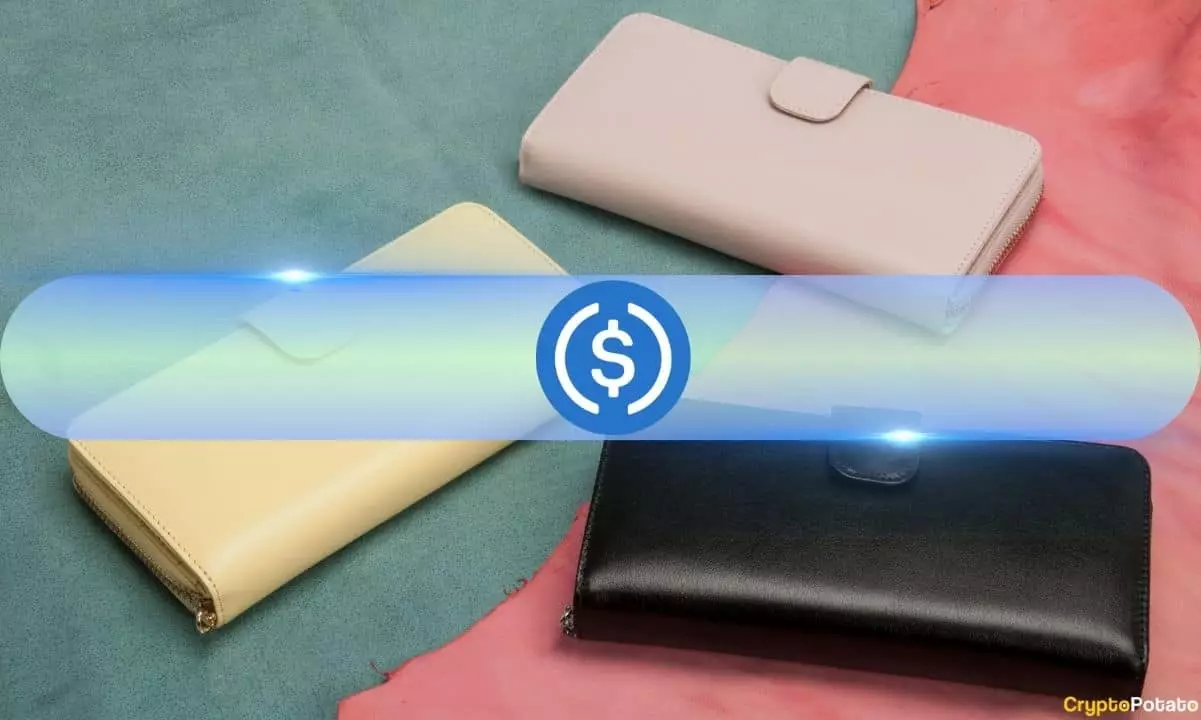Over the past year, the digital asset economy has experienced a decline due to various factors such as increasing interest rates, regulatory actions, financial insolvencies, and instances of fraud. Even the world’s second-largest stablecoin, USDC, was not immune to these forces. Its total circulating supply has plummeted from approximately $45 billion to around $25 billion by the end of November 2023. In this article, we will critically analyze the factors contributing to this decline and explore the recent developments that indicate a potential resurgence for USDC.
One significant factor that has affected the value of USDC is the rise in interest rates in conventional markets. As interest rates increase, the opportunity costs associated with holding USDC become higher, as holders do not accrue interest on their holdings. This leads to a decrease in demand for USDC as an investment tool, resulting in a decline in its overall circulating supply.
Despite the decline in its circulating supply, USDC has seen a remarkable increase in the number of wallets holding a minimum balance of $10. According to a report titled “State of the USDC Economy” by Circle, the issuer of USDC, the number of such wallets has grown by 59% in the past year alone, surpassing 2.7 million. This growth indicates a strong interest in USDC among individuals who might not necessarily view it as an investment but rather as a means of transacting within blockchain networks.
Circle’s report also highlights the significant role played by USDC in facilitating blockchain transactions. Since its introduction in 2018, USDC has been used to settle over $12 trillion in blockchain transactions. In 2023 alone, it has facilitated over $197 billion in transfers between the traditional banking system and blockchain networks. Despite setbacks such as the banking crisis, USDC has managed to handle 595 million transactions from January through November 2023, showcasing its reliability and utility.
One notable feature introduced by Circle in April 2023 is the Cross-Chain Transfer Protocol (CCTP), which aims to enhance the efficiency and security of transferring USDC across different blockchains. Since its inception, CCTP has already facilitated 66,500 transactions, reflecting its potential to reduce friction, improve safety, and cut costs in the transfer process. This protocol could play a vital role in further expanding the usability and adoption of USDC in the future.
Jeremy Allaire, Co-founder and CEO of Circle, remains optimistic about the future prospects of USDC. In a statement, he acknowledged the early stages of their mission but emphasized the growing momentum of USDC in the emerging internet financial system. As regulatory clarity surrounding stablecoins increases and major financial institutions, fintechs, internet firms, and enterprises adopt this technology, USDC is poised to play a central role in the new financial landscape.
While there are indications of a potential resurgence for USDC, it is essential to recognize the factors that led to its decline. One significant factor was the de-pegging of USDC following the failure of Silicon Valley Bank (SVB). Circle had significant reserves tied up with SVB, and the bank’s failure posed a threat to the stability of the stablecoin. However, USDC managed to restore its peg after the Federal Reserve took action to compensate depositors affected by the failures of several banks.
Despite the challenges faced, the entity behind USDC has recently filed confidential paperwork for an initial public offering (IPO) in the United States. This move signifies their intention to become a publicly traded company, which could potentially bring more stability and credibility to USDC. However, the success of the IPO is subject to the review process by the Securities and Exchange Commission (SEC) and market conditions.
The decline of USDC can be attributed to various factors, including rising interest rates, regulatory actions, financial insolvencies, and instances of fraud. However, it is crucial to note the positive developments and the growing interest in USDC, as indicated by the increasing number of wallets and the significant role it plays in settling blockchain transactions. With the introduction of the Cross-Chain Transfer Protocol and the potential IPO, USDC may find its path to resurgence in the digital asset economy.


Leave a Reply